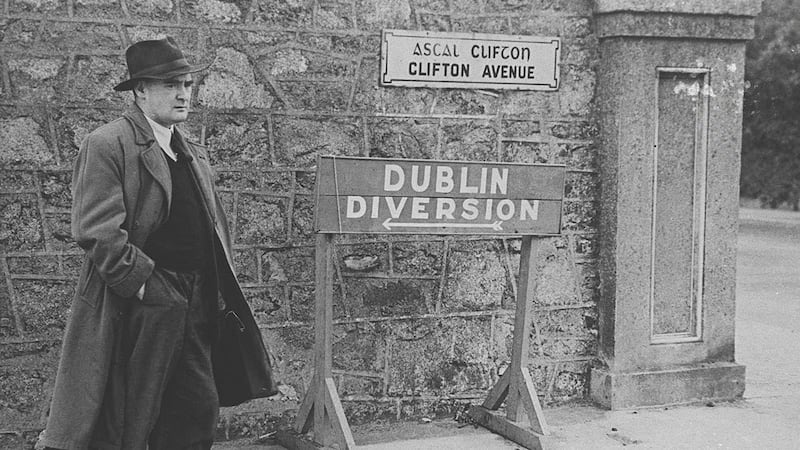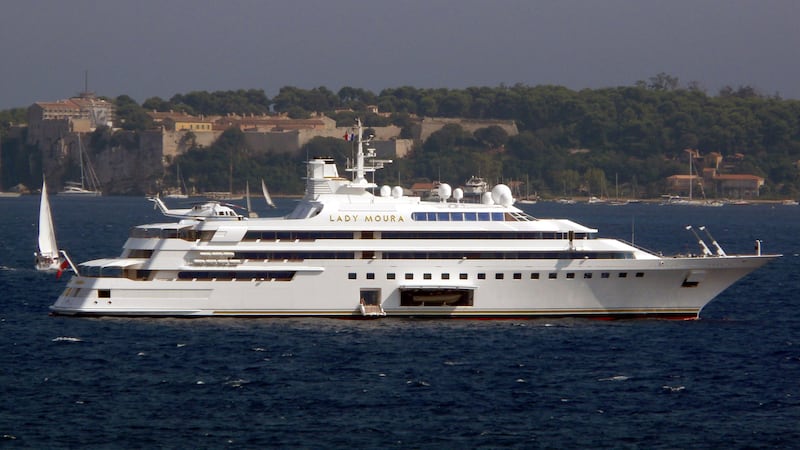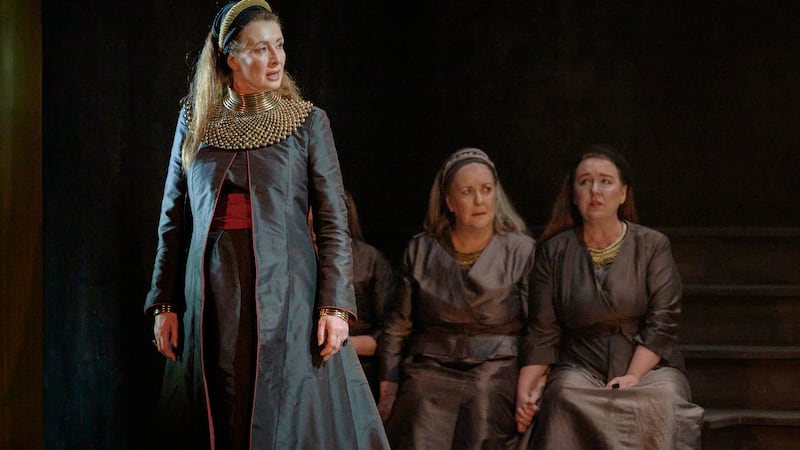You might have read in today’s Irish News about the Blue Plaque that was unveiled to Maighréad Ní Mhaicín, the former mill girl who became a translator of Russian literature into Irish in St Dominic’s Grammar School on the Falls Road.
The unveiling aptly took place last Friday, Lá idirnáisiúnta na mBan - International Women’s Day.
The Bluffer is a big fan of the Blue Plaque scheme which recognises the important contribution certain individuals have made to society here.
Amongst those who have been awarded the posthumous plaic ghorm - blue plaque are - well-known Irish speakers.
These Gaeilgeoirí mór le rá go as far back as Aodh Mac Aingil, a Franciscan theologian and Archbishop of Armagh in 1626 and who was born as Aodh Mac Cathmhaoil in Donpatrick in 1571.
His students gave him the nickname Mac Aingil - son of the angel and his plaque simply reads, Aodh Mac Aingil, 1571-1626, From Downpatrick.
Scólaire - a scholar; file - poet and Easpag - Bishop.
Another Gaeilgeoir to have a blue plaque raised in his honour was Eoin Mac Néill from Glinntí Aontroma - the Glens of Antrim who is cited as a scholar and Gaelic revivalist but, of course, he was also the nationalist politician who tried to stop Éirí Amach na Cásca - the Easter Rising in 1916.
He later served as Minister for Education in the Free State government from 1922-25.
Few Belfast people will not have heard of Robert Shipboy McAdam – he appeared on this page recently – but as well as being a benefactor of the Irish language ran, along with his brother James, the Soho Factory on Townsend Street in Belfast, an teilgcheárta is mó ar domhan - the biggest foundry in the world at the time it opened in 1810.
Art Mac Cooey was a poet from deisceart Ard Mhacha - south Armagh, one of the most culturally-rich parts of the country.
Along with Cathal Buí Mac Giolla Ghunna, Peadar Ó Doirnín and Séamas Dall Mac Cuarta they created a body of poetry that is still widely-read and enjoyed to this day.
Nearer our town times, Muiris Ó Droighneáin was an iarmhúinteoir Gaeilge i gColáiste Mhaolmhaodhóg - a former teacher in St Malachy’s College.
Ó Droighneáin however was born in County Cork and as the Dictionary of Irish Biography relates: “Until his move to Belfast he had spoken Munster Irish, spending his holidays in the Gaeltacht areas of Ballingeary, Cúil Aodha, the Great Blasket Island and na Déise. On taking up his new post he spent at least three months in the Donegal Gaeltacht with the aim of achieving proficiency in the Ulster dialect.” Another Gaeilgeoir truly deserving of a Blue Plaque – or several given his many names – is the Strabane-born, Brian O’Nolan or Brian Ó Nualláin or Myles na gCopaleen or Flann O’Brian.
The plaque – awarded by Ciorcal Stair Uladh - the Ulster History Circle – is at 17 Bowling Green, Strabane.
Any ideas about other Gaeilgeoirí who deserve a plaque?
CÚPLA FOCAL
Lá idirnáisiúnta na mBan (laa idirnaashonta ne man) - International Women’s Day
plaic ghorm (plak goram) - a blue plaque
Gaeilgeoirí mór le rá (gayligoree more le raa) - well-known Irish speakers
Mac Aingil (maac angle) - son of an angel
scólaire (scolaara) - a scholar
file (filla) - poet
Easpag (assbeg) - Bishop
Glinntí Aontroma (glintchee ayntroma) - the Glens of Antrim
Éirí Amach na Cásca (eeree amakh ne caasca) - the Easter Rising
an teilgcheárta is mó ar domhan (un chelig-kyarta is moe er dowan) - the biggest foundry in the world
deisceart Ard Mhacha (jeshkyart ard wakha) - south Armagh
iarmhúinteoir Gaeilge i gColáiste Mhaolmhaodhóg (eerwoontchore gayliga i golaashta walewayawg) - a former Irish teacher in St Malachy’s College
Ciorcal Stair Uladh (kirkal staar uloo) - the Ulster History Circle


